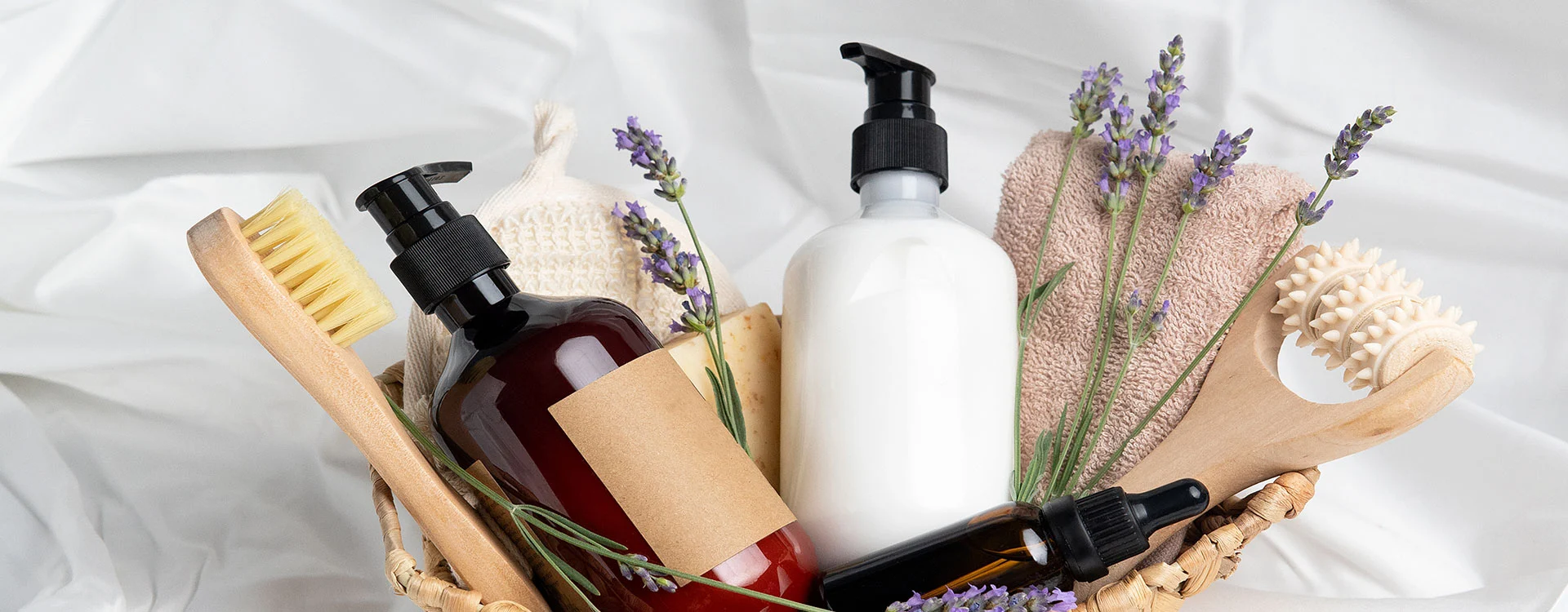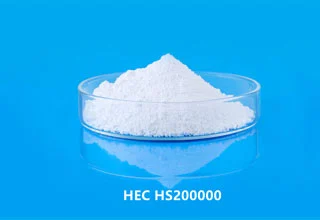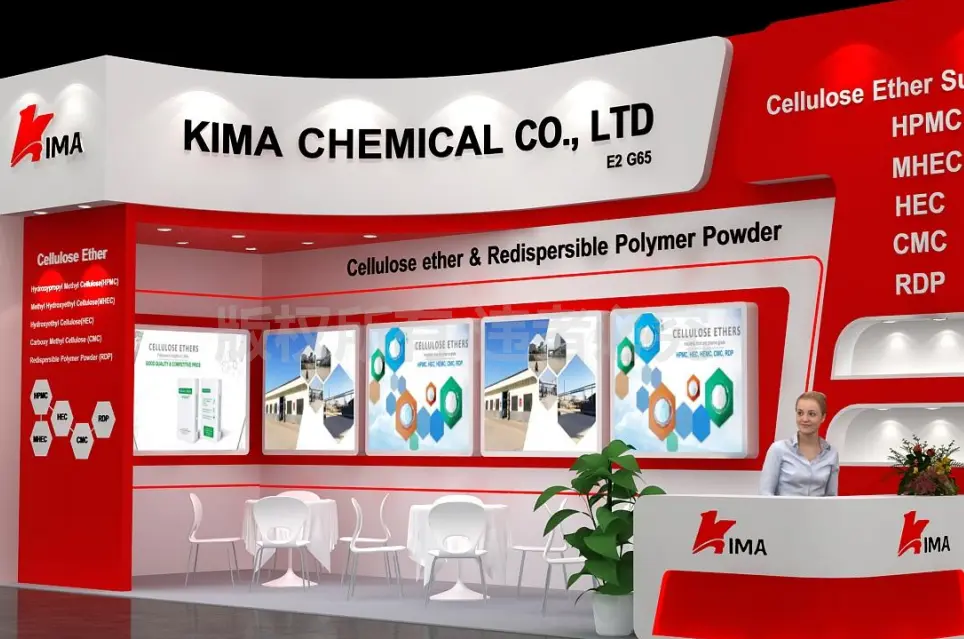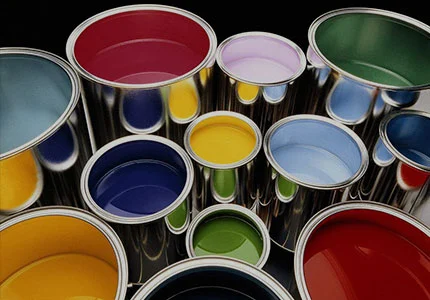1. Thickening
Hydroxyethylcellulose helps to provide ideal body in paints and cosmetics. In many applications thickening is combined with suspending, stabilizing, dispersing and water retention to produce the desired results.
2. Pseudoplasticity
Solutions of high viscosity grades are pseudoplastic and thin out under shear. Latex paint must be left on the brush or roller, but bleeds easily when brushed or rolled, and then leveled to reduce brush or lap marks. Shampoos have to be a thick liquid that pours out of the container, yet be thin, wet to the touch, and fall apart easily when rubbed with the hands and applied to the hair.
3. Salt tolerance
Because HEC is non-ionic, it is stable in high-concentration salt solutions. In electroplating, this property contributes to brighter and more uniform deposits. In cosmetics, it is used to thicken underarm deodorants, despite the high salt content of such products. In latex paints, resistance to borates, silicates and carbonates is important to maintain the desired viscosity.
4. Film forming
HEC films can be applied from aqueous solutions. In papermaking, coatings can be prepared that are impermeable to oils, greases and most solvents. This property also contributes to excellent ink retention in paper size formulations.
5. Water retention
HEC helps to maintain the moisture content of the formula at the desired level. This property enables formulators to reduce the amount of water required in formulations since water can be used more efficiently in the presence of small amounts of HEC. Without water retention and bonding properties, cement-based mortars will lose their adhesion and strength, while ceramic powders will lose their plasticity under pressure.
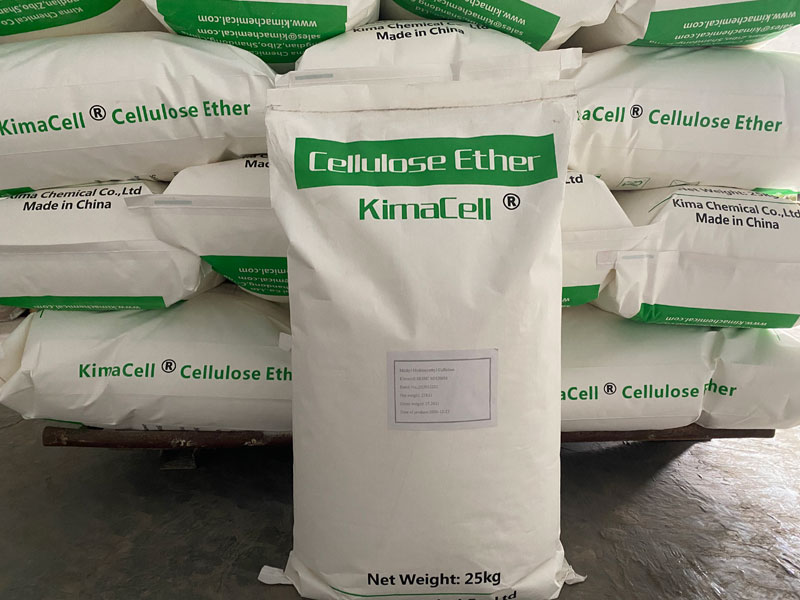
 English
English 日本語
日本語 français
français Deutsch
Deutsch Español
Español italiano
italiano русский
русский português
português العربية
العربية Türkçe
Türkçe Nederland
Nederland
